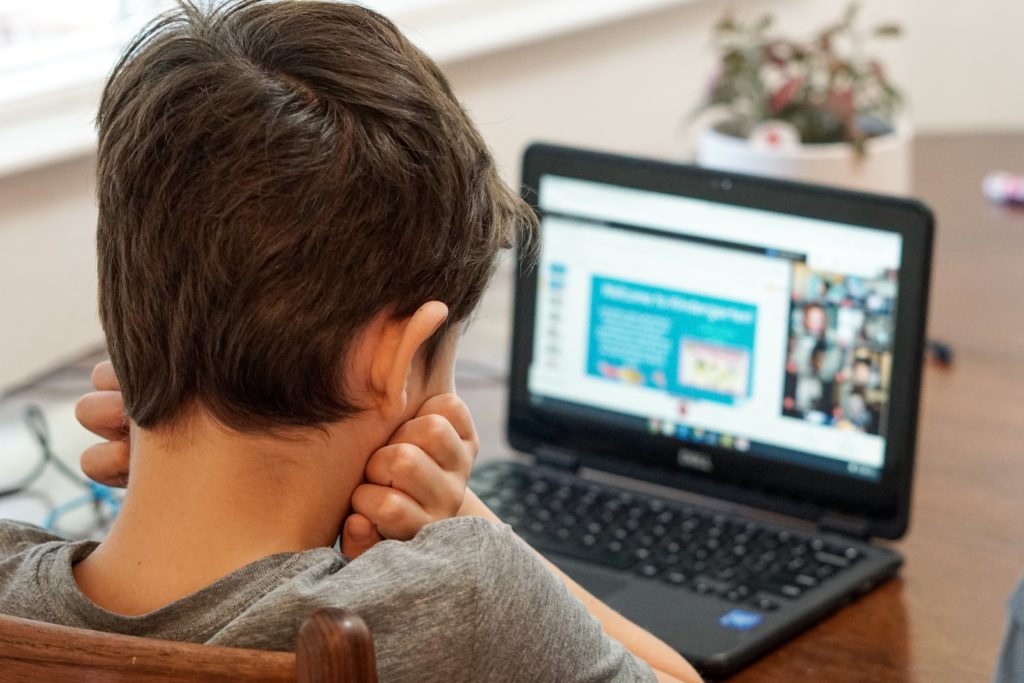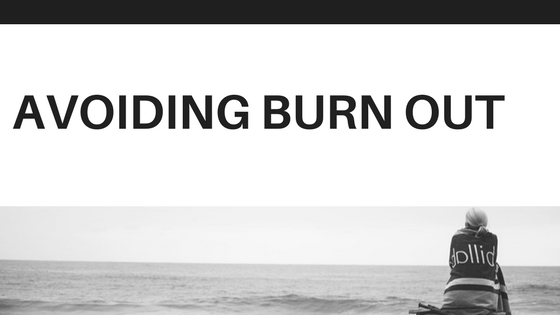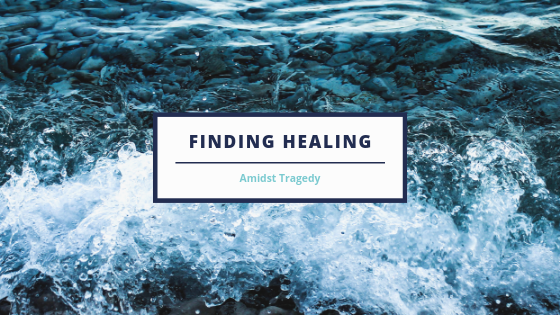Compassion Fatigue and Vicarious Trauma …It’s real. Are you affected?

Kim is a nurse. She has been working 24-hour shifts working on a COVID floor in a local hospital. They are currently short-staffed due to the illness. She is physically and emotionally exhausted due to prolonged stress from treating COVID patients. She fears getting it herself and bringing it home to
her young children. Due to the pace and stress, she has reported she feels less empathy recently towards her patients, and at home, she reports she is less understanding of her children’s daily experiences after working a full shift.
According to Psychology Today, people whose professions lead to prolonged exposure to other people’s trauma can be vulnerable to compassion fatigue. They can experience acute symptoms that put their physical and mental health at risk, making them wary of giving and caring.
Symptoms of compassion fatigue can include:
- Exhaustion
- Disrupted sleep
- Anxiety
- Headaches
- Stomach upset
- Irritability
- Numbness
- A decreased sense of purpose
- Emotional disconnection
- Self-contempt
- Difficulties with personal relationships.
Other factors can include:
Poor self-care, previous unresolved trauma, Inability or refusal to control work stressors, and a lack of satisfaction for the work.
When a person is continuously exposed to other people’s traumatic experiences through witnessing and/or hearing others’ stories, vicarious trauma can be experienced.
According to Lynn Wonders, a play therapy supervisor, prevention of compassion fatigue begins with the ABC’s: Awareness, Balance, and Connections.
Awareness:
- Identify events or situations that cause you to experience an unusually strong reaction.
- Recognize your limits, boundaries, what you can personally handle. Know yourself.
- Are you taking care of yourself?
Balance:
- Practice excellent self-care (exercise, eat healthily, get enough sleep, practice mindfulness, etc).
- Nurture yourself. Put activities in your schedule that are sources of pleasure, joy, and diversion
- Take mini-escapes from your work.
- Challenge negativity. Find meaning and gratitude in the work you do.
- Organize your time to concentrate on vital tasks.
- Ask for help.
Connections:
- Talk out your stress with someone else.
- Build a positive support system.
- Interact with your pet. Petting your animal reduces stress.
If you find yourself experiencing compassion fatigue, know that you are not alone. Refer to the blog Burn Out? and Avoiding Burn Out for tips on avoiding burnout. Give me a call at SHCS for more information.








